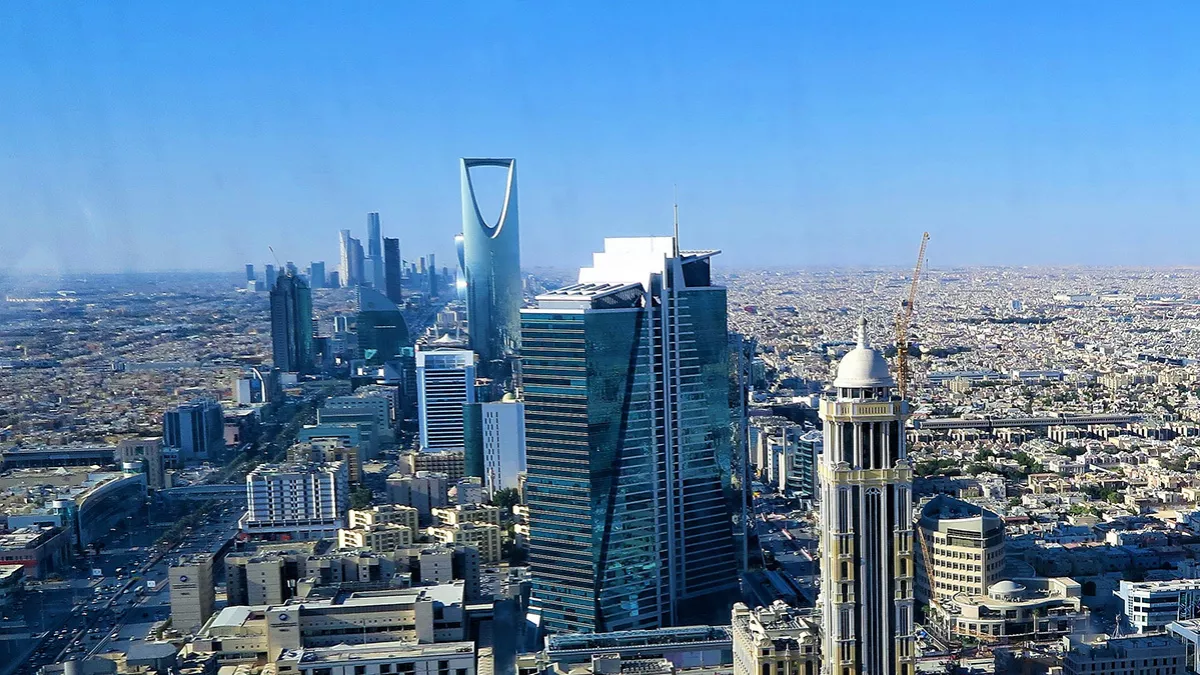Project launched to take inventory and document the buildings in Riyadh that were constructed during the second half of the 20th century
03 Nov 2023
News
The Riyadh city’s structures that were built in the second half of the 20th century (1950–2000) are being inventoried and documented by the Riyadh Mayoralty. Under the slogan "Memory of Riyadh," the project seeks to track and record the city's phases of architectural and urban development as well as to draw attention to the remarkable development boom that Riyadh has experienced over the past 50 years, all in keeping with the objectives of the Kingdom's Vision 2030.
The ministry clarified that, in the case that the same infringement occurs again after the penalty is applied the first time, a minimum of 14 days will pass before it is penalised. This will apply to all serious violations without specified periods of correction, as well as non-serious violations pertaining to business, public health, transportation of commercial waste, roads and streets, construction, gas stations, billboards and advertising, and municipal fees derived from a portion of tobacco sales.
According to the mayoralty, the initiative focuses on the contribution that King Salman, the Custodian of the Two Holy Mosques, made to the growth and rejuvenation of Riyadh over his almost fifty years as the region's emir. This will be accomplished by making a list of the most significant urban landmarks that have historical, architectural, and social value and by figuring out how to protect these landmarks and the money they have invested in.
The project is to expose the experiences and architectural and urban ideas of generations and the significance of their fight to enhance the lives of the citizens of Riyadh. It will be carried out by the mayoralty in collaboration with King Saud University.
Additionally, it seeks to draw attention to the significance of the "Riyadh Memory" initiative and the mayoralty's responsibility in safeguarding the city's architectural legacy. The mayoralty affirmed that historically significant structures and sites, including ancient neighbourhoods and royal residences, will be monitored as part of the initiative. Its goal is to chronicle the years 1950–2000 by emphasising the landmarks and buildings' developmental role, emphasising their historical significance, and introducing urban thought that helped shape the capital's architectural identity while also taking preservation and development into consideration.
